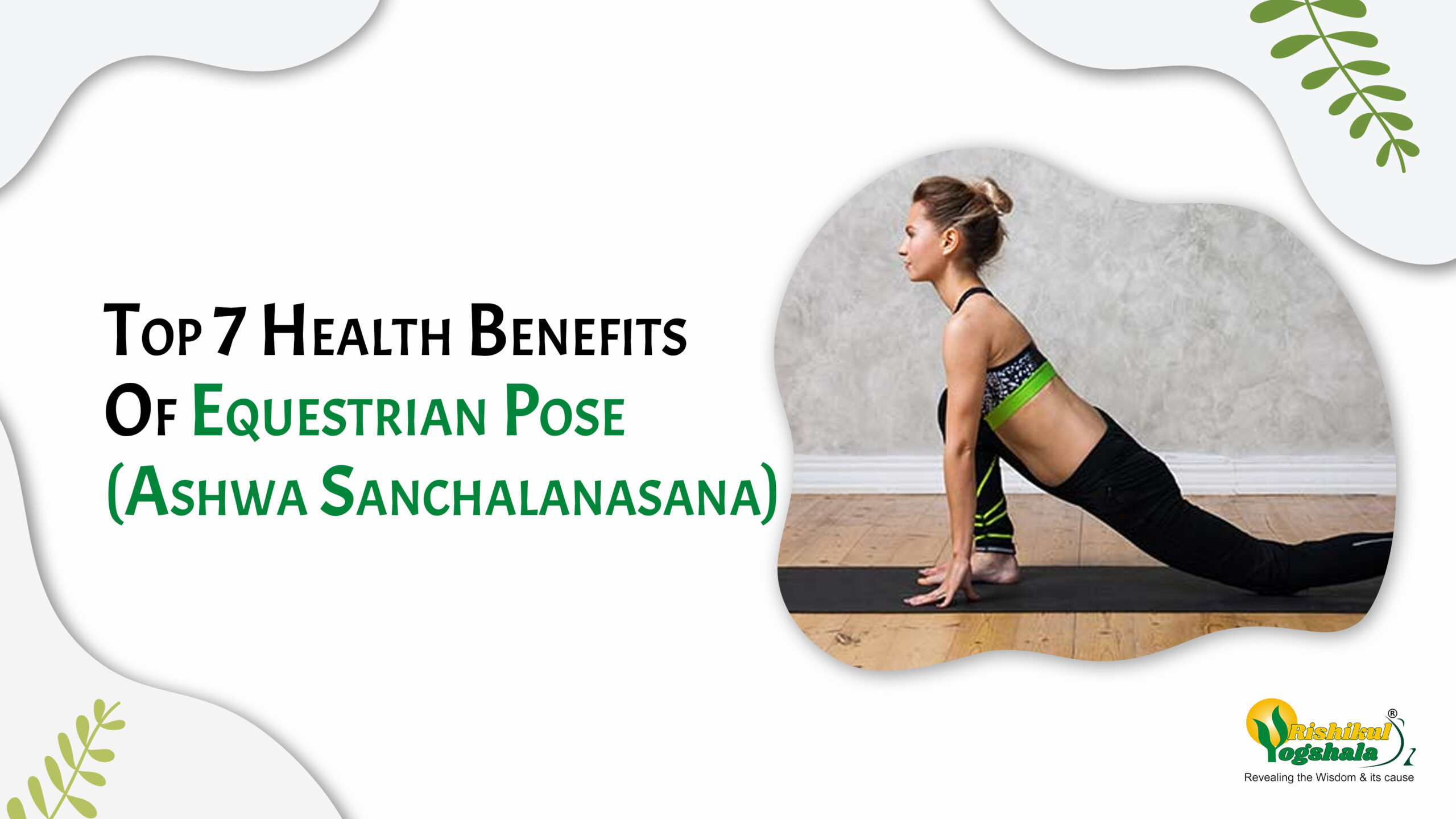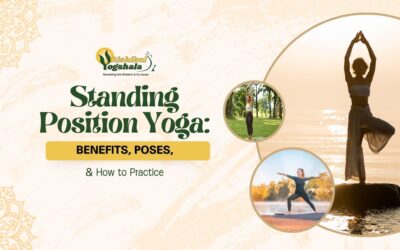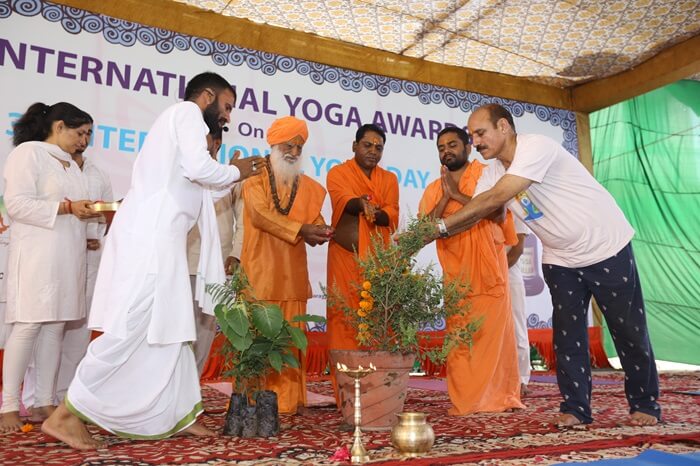Equestrian Pose: Ashwa Sanchalanasana

Equestrian Pose, also known as Ashwa Sanchalanasana in Sanskrit, is the fourth position in the practice of Surya Namaskar (Sun Salutations). The term “Ashwa” translates to “Horse,” and “Sanchalan” means “movement” or “stepping,” which is reflected in the asana’s imitation of a horse’s movement. This pose, also referred to as the Lunge Pose, is categorized under balancing postures. It is believed to have been developed in the 20th century through Indian martial arts.
How to Do Ashwa Sanchalanasana ?
- Start Position: Stand with your feet together.
- Forward Bend: Bend your left knee and step your right leg back.
- Hand Placement: Place your palms flat on the floor beside your feet.
Benefits of the Equestrian Pose (Ashwa Sanchalanasana Benefits)

- Strengthens the Back: This asana stretches and elongates your back, which helps strengthen your back muscles and improve body balance. It can alleviate back pain and support conditions like spondylitis.
- Relieves and Strengthens Muscles: Engages the lower body, strengthening leg and ankle joints, and relieving tension in the groin and hips. It is also believed to help alleviate menstrual cramps.
- Improves Heart and Lung Capacity: The chest-opening action and breathing enhance cardiovascular health and lung capacity, promoting better blood flow.
- Boosts Digestion and Metabolism: Stimulates the digestive tract and improves metabolism, aiding in detoxification and body maintenance.
- Cardio Training and Flexibility: Offers good cardio benefits, tones thighs and hips, and improves posture and flexibility.
- Enhances Skin Glow: Improved blood circulation from this pose promotes skin rejuvenation and firmness, reducing premature wrinkles.
- Positive Emotional Impact: The deep breathing involved in this asana calms the mind, balances emotions, and enhances mental clarity.
Precautions and Contraindications of Equestrian Pose
- Knee Injuries: Avoid the pose if you have severe knee injuries. For mild injuries, rest your back knee on the floor while practising.
- Neck Discomfort: If you experience discomfort in your neck, gaze downward instead of forward.
- Pregnancy: Pregnant women should avoid this pose. However, experienced practitioners may modify the pose by keeping hands on the inside of the front foot and gently straightening the back leg, if comfortable.
Also Read – 5 Excellent Yoga Poses for Sciatica Pain
Conclusion
Now that you’re familiar with the Equestrian Pose, you can incorporate it into your practice for a healthy and positive experience. For more detailed information on yoga asanas, explore our Ashtanga Yoga Teacher Training Courses, Ayurveda Retreat, and Yoga Retreats.
















